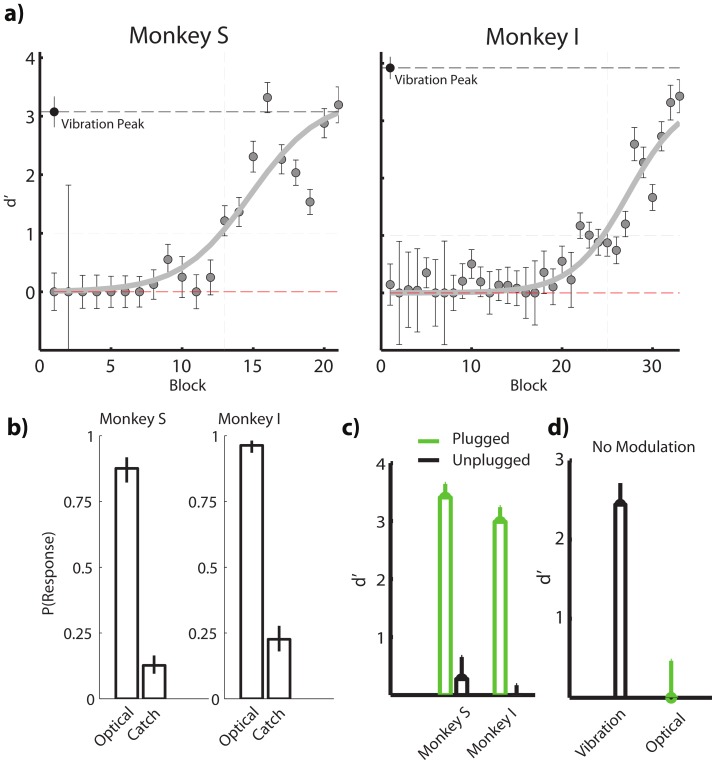Figure 2. Learning to Detect Optogenetic Stimulation as Proxy for Mechanical Vibration.
A) Both monkeys required a learning period when switched to the optical detection task. Every block of trials included 100 trials with approximately 50% stimulation trials and 50% catch trials. Sensitivity index  was used to calculate the detectability of the signal in order to compare sessions across blocks where chance performance varies. Peak performance in detecting mechanical vibration is shown as a reference to indicate that both monkeys learned to detect the optical stimulation approaching the performance level of the real physical vibration. Error bars represent the standard error of the mean (grey solid lines represent the sigmoid fit over experimental blocks). B) Summary of the overall detection performance for 500 ms light pulse stimulation for final 6 experimental blocks pooled for each monkey (Monkey S: n = 201 Optical, n = 378 Catch, Monkey I: n = 299 Optical, n = 301 Catch). Error bars are represent standard error of the mean for binomial parameter estimates. Distributions are significantly different by chi-squared (n = 310 and 337, p<<0.001 for both monkeys). C) Control experiment eliminating possible detection of inadvertent external stimuli. Neither neural nor behavioral modulation could be detected with the optical fiber disconnected. D) Control experiment for eliminating light induced heating effects. Stimulation in locations without opsin expression did not modulate neurons nor behavior and could not be detected. Error bars represent standard error of the mean.
was used to calculate the detectability of the signal in order to compare sessions across blocks where chance performance varies. Peak performance in detecting mechanical vibration is shown as a reference to indicate that both monkeys learned to detect the optical stimulation approaching the performance level of the real physical vibration. Error bars represent the standard error of the mean (grey solid lines represent the sigmoid fit over experimental blocks). B) Summary of the overall detection performance for 500 ms light pulse stimulation for final 6 experimental blocks pooled for each monkey (Monkey S: n = 201 Optical, n = 378 Catch, Monkey I: n = 299 Optical, n = 301 Catch). Error bars are represent standard error of the mean for binomial parameter estimates. Distributions are significantly different by chi-squared (n = 310 and 337, p<<0.001 for both monkeys). C) Control experiment eliminating possible detection of inadvertent external stimuli. Neither neural nor behavioral modulation could be detected with the optical fiber disconnected. D) Control experiment for eliminating light induced heating effects. Stimulation in locations without opsin expression did not modulate neurons nor behavior and could not be detected. Error bars represent standard error of the mean.

